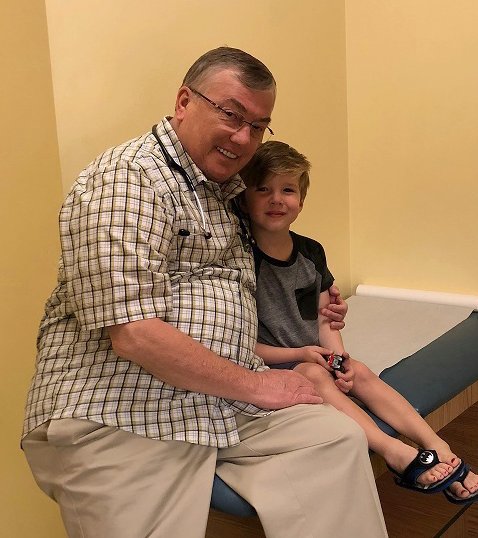Hip dysplasia occurs when the hip joint develops in the wrong shape, or if the hip joint is dislocated, leading to an increased force on the ball and socket joint. As the cartilage and labrum of the joint wear down, the individual will begin to experience mobility issues.
Happy Valley pediatricians and other pediatricians throughout the country most commonly see hip dysplasia cases in the following situations:
- Breech. The legs of breech babies are often contorted in the womb, which increases the risk factor of hip dysplasia.
- Females. The hip anatomy of females is much more prone to developing hip dysplasia as compared to males.
- First Born. The womb in a first pregnancy is usually at its tightest, meaning the baby isn’t allowed as much room as its following siblings.
- Low amniotic fluid. When there is a low level of amniotic fluid, there is less room for the baby to develop in the womb.
In addition to the above, medical professionals and researchers specializing in newborn care have found another possible cause of hip dysplasia: improper swaddling. Few parents realize that the hips of babies continue to develop following birth, meaning proper swaddling techniques are of extreme importance. To ensure that you are properly swaddling your baby, follow this list of steps from professionals in infant care in Phoenix:
- Fold back one corner of a soft, square cloth to establish a straight edge.
- Place your baby on top of the cloth with the fabric hitting right at the top of his or her shoulders.
- First situate the left arm down next to the body, wrapping the cloth over that arm as well as the chest. Continue to wrap the fabric, pulling it under the right side of the body of the baby.
- Next, place the right arm down, and continue wrapping the cloth around that arm and chest as done with the left arm.
- Pull the cloth completely under the baby to keep the wrap tightly in place.
- Fold the bottom of the fabric, tucking it carefully behind the baby, with both legs bent upwards outside of the wrap.
Following the above swaddling tips will help to reduce the risk of hip dysplasia in your baby.
To ensure that your baby is developing normally, it is also essential that you visit with a physician in infant and newborn care in Phoenix, such as Pediatrix. One of our qualified professionals in pediactrics in Phoenix AZ will quickly notice any signs of hip dysplasia during regular appointments, and can quickly act to improve the situation. Our pediatricians are also experts in all aspects of newborn care and infant care in Phoenix, and are available to answer questions, give advice and also demonstrate proper newborn care techniques, including swaddling. To make an appointment at our office for pediatrics in Phoenix AZ, call (602) 866-0550 or contact us online.





